Above: Detail from Kitsune’s A Walk Through the Looking Glass.
Kuma Kitsune is a mixed-media artist and photographer living in Portland, OR. Her work incorporates a diversity of materials, such as fabric, projection film, tiny shreds of paper — and, in her most recent installment, other people’s poetry. More of her work can be seen here.
E. D. Watson: Your current work, A Walk Through the Looking Glass, is an assemblage of twenty-four individual pieces, titled with fragments of poetry produced by Hafiz, Ray Bradbury, Mary Oliver, Rimbaud and Lewis Carroll, which form a corresponding poem. Viewers are then invited to re-position the works and create their own poem from the new arrangement of the titles. Can you talk a little bit about how literature influences your work, and how you came to select these particular, seemingly disparate, writers?
Kuma Kitsune: I think what most influences my work is the Surrealistic concept of unleashing the unconscious. A huge component of what came out of that movement was literature. I mean technically, the poet Paul Breton fathered the notion of Surrealism — and in a mental ward at that, mind you. Breton had this idea that poetry in essence could be a vehicle of knowledge in of itself. And like many poets past and present, Breton was greatly influenced by Rimbaud.
So, there is the Rimbaud link. I felt it a travesty not to include him. Rimbaud shaping Breton, Breton shaping Surrealism, Surrealism shaping my work, my work attempting to shape how we perceive each other. Since the piece itself is a play on the socio-psychological construct, the Looking Glass Self, I selected authors who have in part shaped the “self” to which I most relate in order to excavate self-knowledge in hopes that this part of myself may transcend the expression itself and the participant’s interaction to create a new reality of self-awareness.
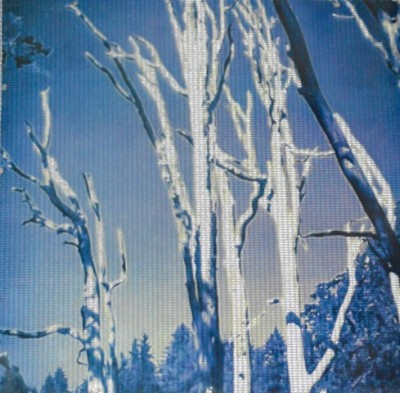
EDW: How much is your work influenced by what you’re currently reading?
KK: A ton. Absolutely a ton. I read constantly and often many books simultaneously. I tend to gravitate towards non-fiction, mainly neuroscience and psychology more than anything else. There is so much inspiration embedded in something so seemingly technical. I too feel that plumbing the depths of the brain is a necessary exercise to cultivate true artistic expression or rather a way to exhume and free the spiritual self.
EDW: Do you also write?
KK: Somewhat. I dabble. I love poetry because in some ways it is akin to songwriting (my preferred method of writing). Also, songs and poems can hold my attention much better than writing a short story or a novel. I have mad respect for those individuals who can preform this feat, such as Bradbury or Carroll. In my opinion, good poetry (and lyrics for that matter) can offer a unique temporal map to the spirit of the author. In these forms of expression, that raw power is harnessed by using form, which oddly frees it and keeps it uninhibited, which is what we see in Hafiz or Oliver.
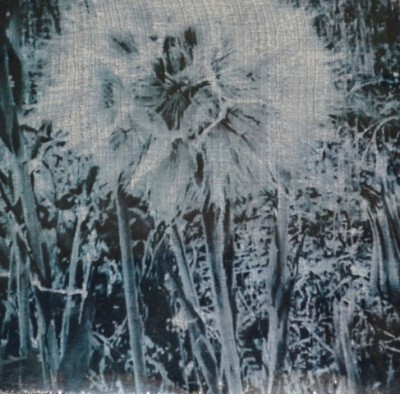
EDW: I recently read an article by a poet and practitioner of Buddhism that suggested writing poetry as a way of being in the moment. The idea was that what we think of as mundane or sacred is only a matter of perception and engagement. Is this similar to your experience when taking a photograph?
KK: Can I get the name of this poet? But to answer your question, absolutely, yes, this is similar. Henri Cartier-Bresson said, “To take photographs means to recognize—simultaneously and within a fraction of a second—both the fact itself and the rigorous organization of visually perceived forms that give it meaning. It’s putting one’s head, one’s eye and one’s heart on the same axis.”
I couldn’t agree with this statement more. I definitely feel that taking photos heightens my awareness of the present because it constantly keeps me open to the possibility of these fractional moments of beauty and meaning. Sometimes it can be downright compulsive, in that I’ll see something striking out of the corner of my eye and might make a decision to pass it by but a split-second later there is the internal nudge to turn around and capture it. I’m sure I have puzzled many passersby when I do this. It’s not uncommon for me to make a U-ey and pull over to the side of the road to be present to moment — safely, of course.
EDW: The article was in an old issue of Shambhala Sun; I’ll see if I can find the writer’s name for you. One last question: You tend not to photograph people, but natural spaces or places recently vacated by people. Can you talk about the significance of place and space in your photography?
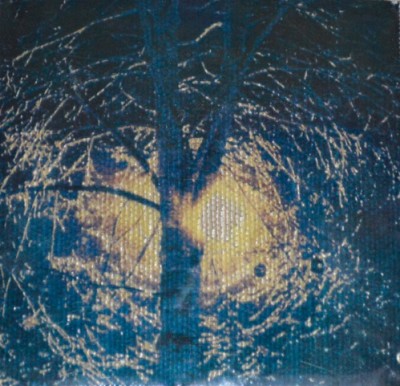
KK: I find environment a fascinating subject and medium. One of the founding
theories in the field of psychological epigenetics posits that our biological
composition does not hold us hostage or define us; it is malleable and shaped by
our interactions with our environment (physical, cultural, spiritual). In this way I
am very motivated to express various aspects of environment; I feel place and
space are fundamental to this pursuit.
As a visual artist, my hope hinges on the
possibility of change or shift in how the world around us is perceived. The importance lies in the subtext of these images; what is interpreted as negative
space is as equally important as what is interpreted as visible. I find this extremely similar to the way that what is often left unsaid in a poem or story is often more important than what is said. Our brains do so much to fill in the gaps and it’s in these gaps I personally see so much promise.
Kuma Kitsune’s work, A Walk Through the Looking Glass, can currently be seen at Portland’s Three Rivers Gallery.
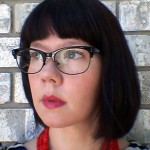 E. D. Watson is Newfound’s Blog Editor. A writer by day and a library clerk by night, her stories have appeared in Bodega, [PANK], Narrative, and THIS., among other publications. She eats cheddar-and-mayonnaise sandwiches when no one is looking.
E. D. Watson is Newfound’s Blog Editor. A writer by day and a library clerk by night, her stories have appeared in Bodega, [PANK], Narrative, and THIS., among other publications. She eats cheddar-and-mayonnaise sandwiches when no one is looking.

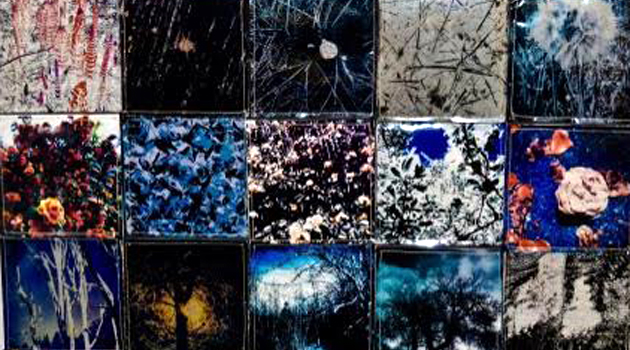
0 comments on “Unleashing the Unconscious: Poetry, Place and Neuroscience in the Art of Kuma Kitsune”